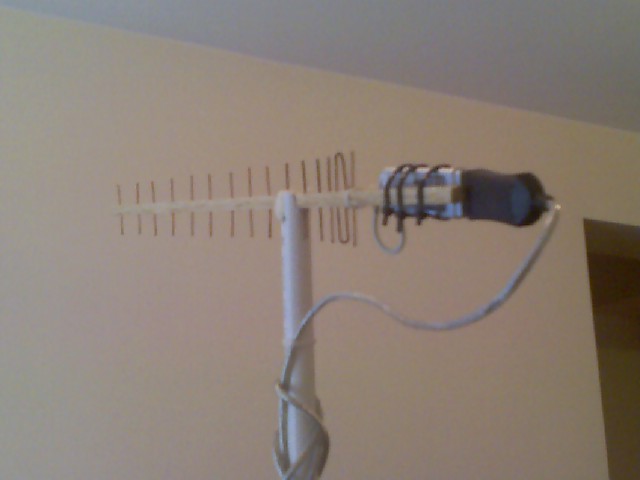

These WiFi blockers have especially negative effect on 5 GHz WiFi networks, because higher frequency signals don’t penetrate solid objects nearly as well as lower frequency signals. Obstructions: WiFi signals can be partially absorbed or even completely blocked by various obstacles and objects, including walls, duct work, furniture, home appliances, and even people.You can determine the reach of your WiFi router using a WiFi analyzer app like NetSpot.

Cheaper routers may even struggle to cover a relatively small apartment with a strong WiFi signal - let alone an entire house. Physical distance: For obvious technical and safety reasons, WiFi routers don’t have the same transmitting power as cell towers.The seemingly unreliable nature of WiFi networks has everything to do with the fact that there are many factors that influence their performance. Some even come with a handy extension cable that allows you to place the antenna farther away from your router to achieve optimal signal distribution. Such antennas use the same RP-SMA connector, and there are many different models available on Amazon and other online stores. There are several different types of WiFi antennas, but the only type you need to care about is the common “rubber duck” antenna, which is an electrically short monopole antenna that consists of a springy wire in the shape of a narrow helix, sealed in a rubber or plastic jacket to protect the antenna.

Compared to the antenna that came with your router, which probably is just a few inches tall and has around 4 dB gain, a 10-dB antenna can be anywhere between 10 to 15 inches tall.īut if you don’t mind the size, a new, powerful WiFi antenna is a great way how you can boost WiFi at home or office without buying a new router. It’s not that manufacturers want to save every cent they can, but powerful WiFi antennas tend to be hideously large. Most WiFi routers come with small, weak antennas. If you have any of these appliances at home, keep your WiFi router as far away from them as possible to boost WiFi signal. Other problematic appliances are washing machines, tumble dryers, televisions, cordless phones, and radiant heaters. The biggest emitters of electromagnetic waves tend to be found in the kitchen, and they include stoves, microwave ovens, and dishwashers. Strictly speaking, all household appliances emit electromagnetic waves to some degree, even fluorescent lightbulbs, circuit breakers, and electric razors. When in doubt, use a handheld stud finder or at least a stud finder app on your smartphone. Keep in mind that many buildings use metal studs (rather than 2x4 wood) for the particle board mounting, and placing your router close to them would be a bad idea. Other materials, including glass, wood, plastics, foam, and cardboard, can also disrupt a WiFi signal but their influence of WiFi signal strength tends to less severe. Metal is the top disrupter of a WiFi signal, and its presence close to a WiFi router can easily create a large dead zone. To start with, you want to avoid placing your router close to metal objects and appliances that emit electromagnetic waves. Not all places are equally suitable for your router.


 0 kommentar(er)
0 kommentar(er)
